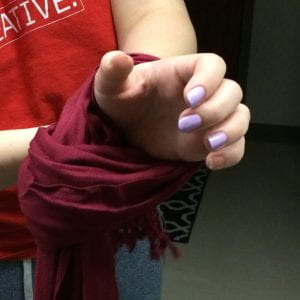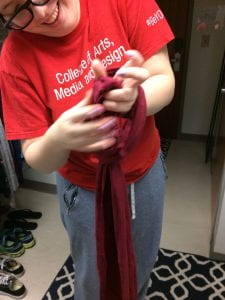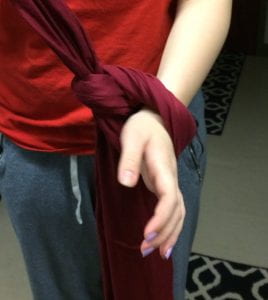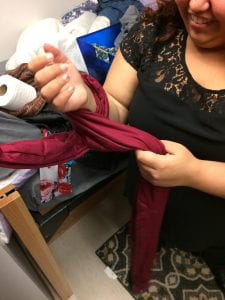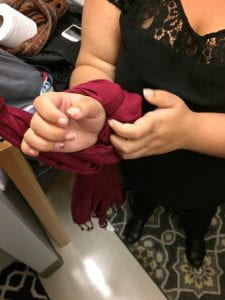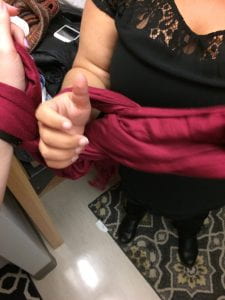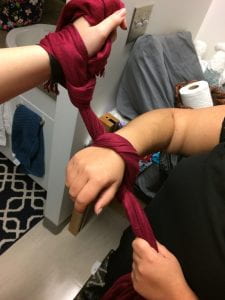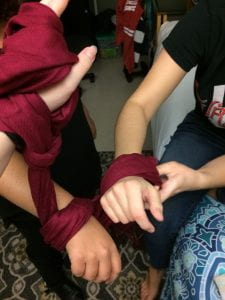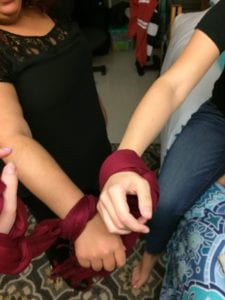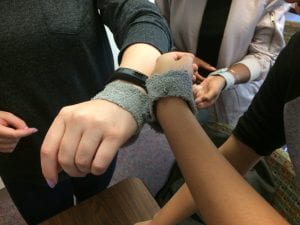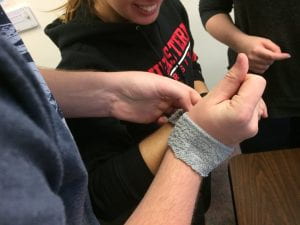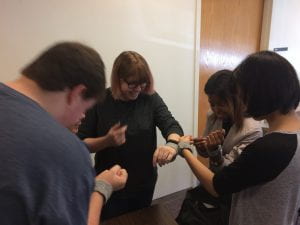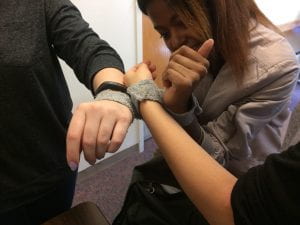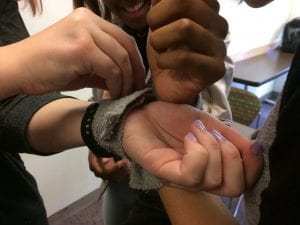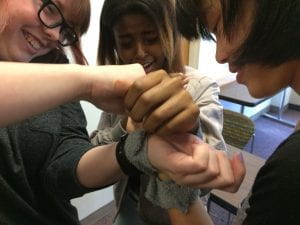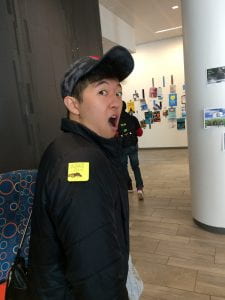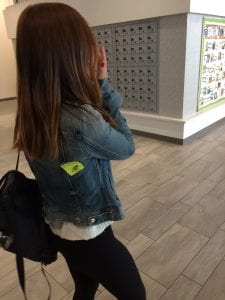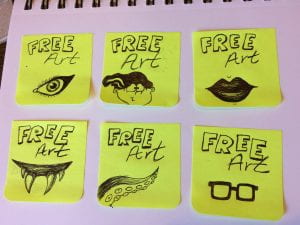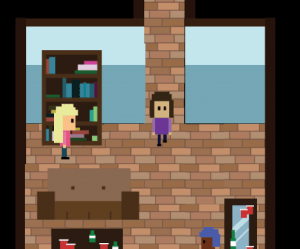
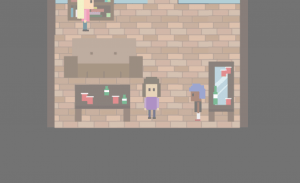
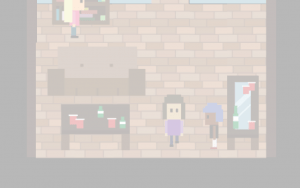
The main theme behind my final game is anxiety, hence the name ‘Experimental Anxiety.’ There are some moments in which there are too many people around me and the rise in temperature, due to body heat, and the lesser amount of space cause me to have a mild anxiety attack. I wanted to show what anxiety feels like to those who may not experience it in a way that communicates the symptoms fairly simply.
I got my ideas from a few different concepts we’ve looked into during the course of the semester. Two of the main games that I took inspiration from were Undertale and Akrasia. Undertale, mainly due to the art style and how the characters could fit many different types and players could connect themselves in a variety of ways. Akrasia due to the simple gameplay mechanic that told such a deep story. With only one scene change and the simple four direction movement and collection mechanics, the story of a drug addict was so beautifully told.
Throughout this semester, I have learned to look more closely at games for change and games that focus on more serious topics other than games that were meant as a source of entertainment. Experimental Game Design, Games Interface Design, and Rapid Idea Prototyping have really shown me what it means to get an idea and an emotion across in a game whether it be digital or analog, and I have been extremely lucky to learn from such great women in the industry.
In Experimental Anxiety I wanted to use the simple story of walking around a house during a party, but have the main character start to experience anxiety. To simulate anxiety, I put a white box sprite over the game map and whenever the player got within a certain distance of another human sprite, the overlay opacity would begin to grown, thus obscuring the player’s vision. The only way for your screen to be completely clear is to get out of the house and away from all of the people.
Whenever my anxiety acts up, I experience a rise in body temperature and my vision begins to go white, and that is why I decided to make an overlay that becomes more dense.
This was actually my first time ever working with Unity and I am quite proud to show what I have accomplished with it. I have the mechanics down, however I would still like to iterate upon this game and try to make it more like what one of my anxiety attacks feels like. I’d like to add some some of pulsing animation with the overlay to show how intense anxiety can be and I’d also like to add more obstacles to the house so that it is not as easy to get out as it is right now.
I’m so grateful to have been a part of this class and for everything Celia has taught me. I liked learning about the art history that I haven’t looked into so deeply as I have during this class and I appreciate the abundance of knowledge.

